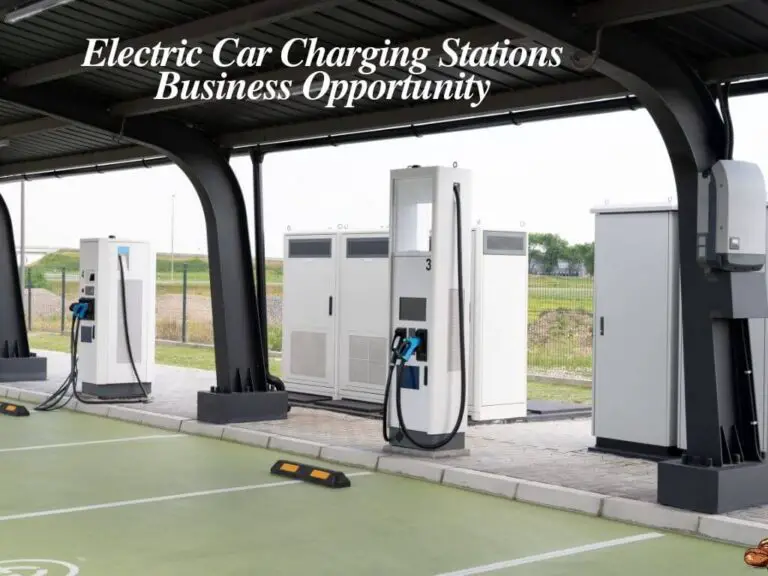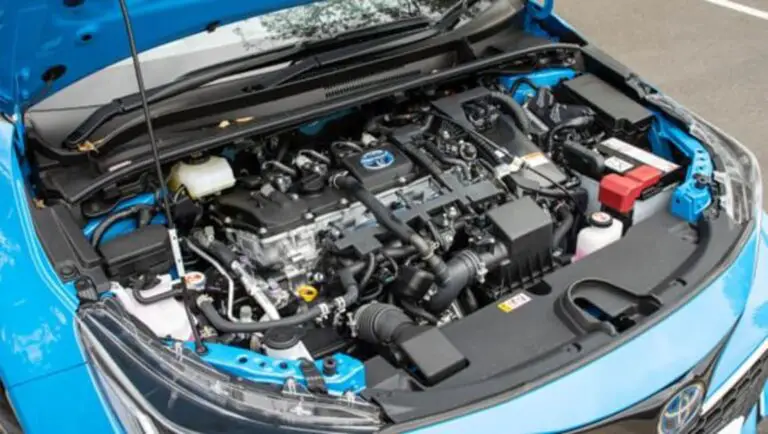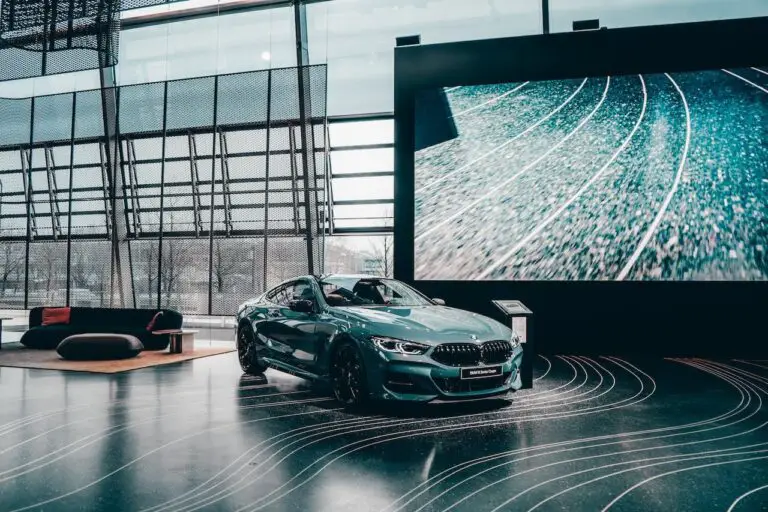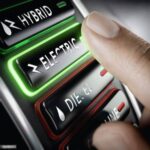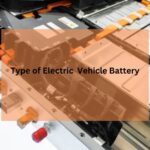As electric vehicles (EVs) continue to gain popularity, many potential drivers find themselves fascinated—and sometimes a little anxious—about the technology behind them. One common concern that often pops up is the fear of running out of battery, also known as range anxiety. Unlike traditional gasoline-powered cars, which often have a reserve fuel tank to keep you going just a little longer, electric cars operate differently. This leads us to an important question: Do electric cars have a reserve battery?
Understanding the battery systems in electric vehicles is crucial for anyone considering the switch from gasoline to electric. In this article, we’ll explore how EV batteries function, whether they come with a reserve battery feature similar to conventional cars, and what you can do to manage your electric car’s battery effectively. Let’s dive into the world of electric vehicles and uncover the truth about reserve batteries!
Understanding Electric Vehicle Batteries
To grasp whether electric cars have a reserve battery, it’s essential first to understand how their battery systems work.
- How Electric Vehicle Batteries Work Electric vehicles primarily use lithium-ion batteries, similar to those found in smartphones and laptops but on a much larger scale. These batteries store electrical energy that powers the electric motor, which drives the vehicle. Unlike traditional internal combustion engines that rely on gasoline or diesel, EVs convert stored electrical energy into motion, resulting in a smoother and more efficient driving experience.
- Differences Between Conventional Car Batteries and EV Batteries While conventional car batteries are designed to start the engine and power small accessories, electric vehicle batteries serve as the primary energy source. They are significantly larger, often consisting of multiple cells grouped into modules, and are designed to deliver a high amount of energy over a longer period. This fundamental difference means that an electric vehicle’s battery management and performance characteristics are unique and complex.
- The Role of the Battery Management System (BMS) A critical component of any electric vehicle is the Battery Management System (BMS). This sophisticated system monitors battery health, manages energy distribution, and ensures that the battery operates within safe limits. It plays a pivotal role in extending the lifespan of the battery and preventing it from fully draining, which can lead to permanent damage.
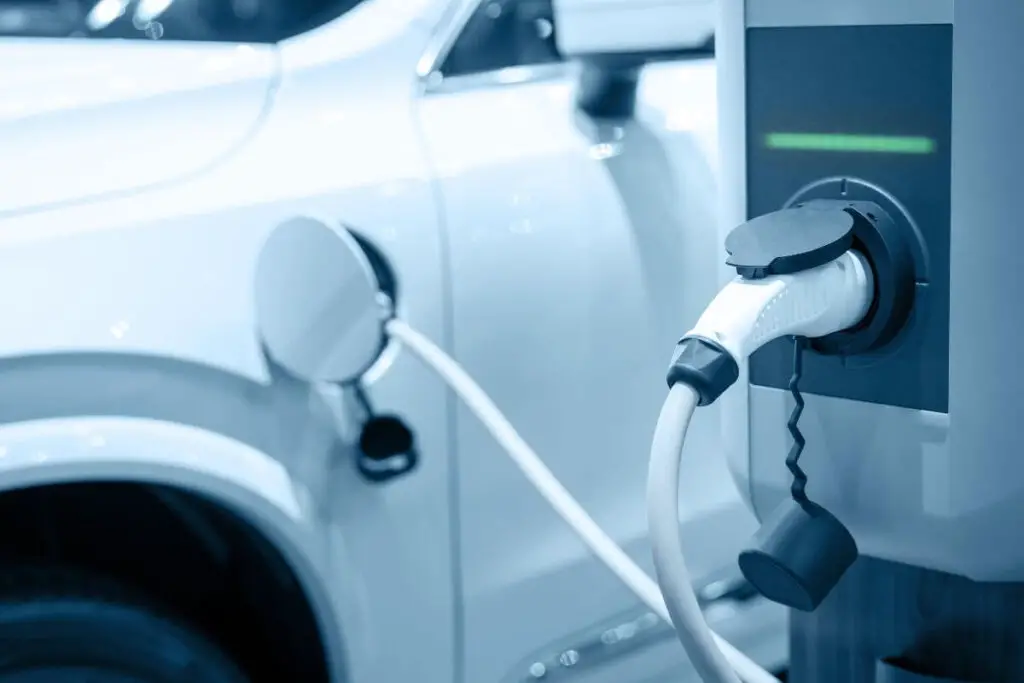
What Is a “Reserve Battery” in Traditional Vehicles?
In traditional gasoline-powered vehicles, reserve batteries, often referred to as auxiliary batteries, are standard features.
- Description of Reserve Batteries in Gasoline-Powered Vehicles These reserve batteries typically operate at 12 volts and serve to support essential electronic components when the main battery runs low or is disconnected. For instance, they might power the radio, headlights, or other electronic systems without requiring the engine to run.
- Purpose of a Reserve Battery in Traditional Cars The primary purpose of a reserve battery is to ensure that critical systems remain functional even when the main battery is depleted. This is particularly useful during emergencies, allowing drivers to use essential features without draining the primary battery.
Do Electric Cars Have a Reserve Battery?
Now, let’s address the burning question: Do electric cars have a dedicated reserve battery like traditional vehicles?
- Dedicated Reserve Battery in EVs? Unlike gasoline-powered vehicles, most electric cars do not come equipped with a separate reserve battery. Instead, they rely on a single large battery pack that powers the electric motor and all vehicle electronics. However, some EVs do include smaller auxiliary batteries to support essential functions, like powering lights and infotainment systems, but these are not the same as a traditional reserve battery.
- Difference Between Main and Auxiliary Batteries While the main battery pack is responsible for propulsion, any auxiliary battery present in an electric car is typically much smaller and only intended to power non-essential electronics. Therefore, it cannot act as a reserve in the same way a traditional car’s reserve battery would.
How Electric Cars Manage Low Battery Levels
Addressing Range Anxiety One of the significant concerns for potential EV drivers is range anxiety—the fear of running out of battery while driving. Fortunately, manufacturers are aware of this concern and have implemented several strategies to alleviate it.
Battery Management Systems (BMS) As mentioned earlier, the BMS is essential for managing battery health and performance. It ensures that the battery does not fully drain, which helps extend its lifespan. When the battery level drops to a certain point, the BMS takes action to conserve energy and prevent total depletion.
Features to Conserve Battery Power Many electric cars come equipped with features designed to help drivers manage battery usage more effectively. These may include:
| Feature | Description |
| Range Extenders | Some models can utilize additional battery power temporarily to extend range. |
| Eco-Mode Driving | A driving mode that optimizes energy consumption for longer range. |
| Low Battery Alerts | Notifications that alert drivers when the battery is running low. |
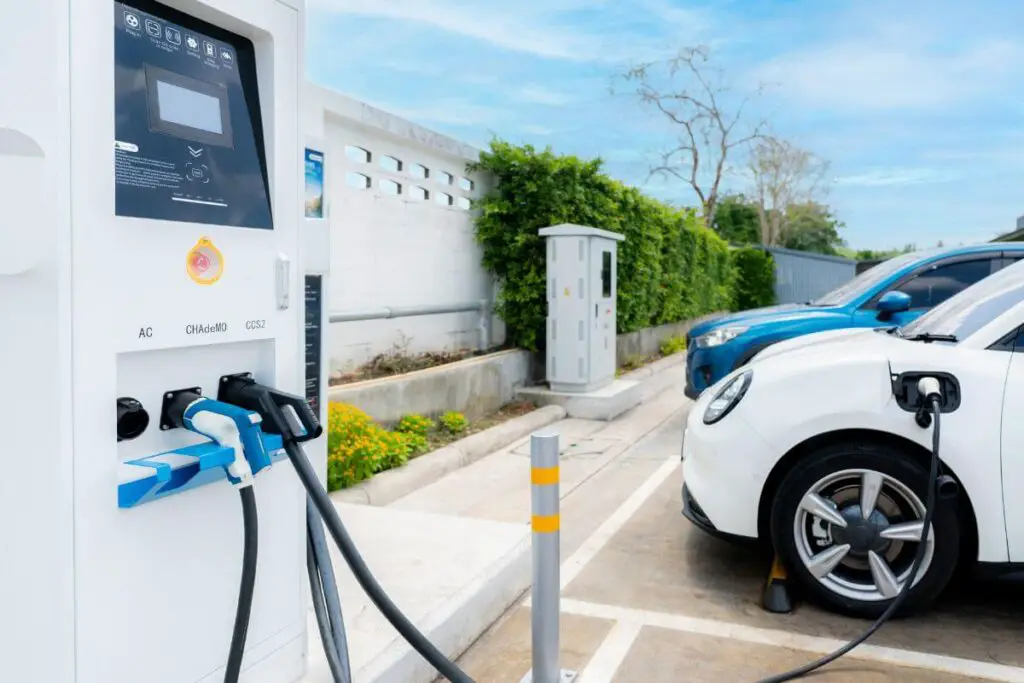
Does an EV Shut Down Completely When the Main Battery Runs Out?
When an electric vehicle’s main battery reaches critical levels, what happens next?
- Clarification on EV Shutdown Unlike conventional cars that may simply stop running when they run out of fuel, electric vehicles usually enter a “limp mode.” This mode allows the driver to continue driving for a short distance, providing just enough power to reach a nearby charging station.
- Emergency Features in Some EVs Some electric cars are designed with features that allow them to travel even when the battery is nearly depleted. These emergency capabilities are essential for ensuring that drivers aren’t left stranded.
Alternative Solutions for Reserve Power
For those concerned about battery depletion, there are several alternative solutions available.
- External Portable Battery Chargers One popular option is the use of portable battery chargers. These devices can be carried in the trunk and can recharge the vehicle’s battery in emergencies. They provide a practical solution for drivers worried about running low on charge.
- Solar-Powered Charging Options In addition, advancements in solar-powered charging solutions are emerging. Some companies are developing solar panels that can be integrated into vehicles or placed at home, providing a renewable energy source to charge the EV battery when needed.
Examples of Popular EVs and Their Low-Battery Management
Let’s take a closer look at how some popular electric vehicles handle low battery situations.
- Tesla Tesla is known for its robust battery management features. The company implements a detailed software system that manages battery health and provides drivers with accurate range estimates. Additionally, Tesla vehicles offer features such as Supercharging to quickly recharge the battery on long trips.
- Nissan Leaf The Nissan Leaf also includes effective battery management systems and alerts that inform drivers when their charge is low. With its unique BMS, the Leaf allows for some energy conservation to ensure drivers can reach charging stations in time.
- Comparison of Other Popular EV Models Many manufacturers now prioritize battery management in their electric vehicles, ensuring that drivers have access to the features necessary to minimize range anxiety. This includes alert systems, efficient routing to charging stations, and energy-saving modes.
Future Innovations in Electric Car Batteries
The landscape of electric vehicle technology is constantly evolving.
- Advancements in Reserve Battery Technology Automakers are exploring innovations that could potentially incorporate reserve battery technology in the future. With ongoing research, we may soon see developments that provide drivers with even more options for managing battery life.
- Addressing Range Anxiety with Better Infrastructure Improving charging infrastructure is also a critical focus. Enhanced fast-charging stations and better battery efficiency will significantly alleviate range anxiety, making electric vehicles more appealing to a broader audience.
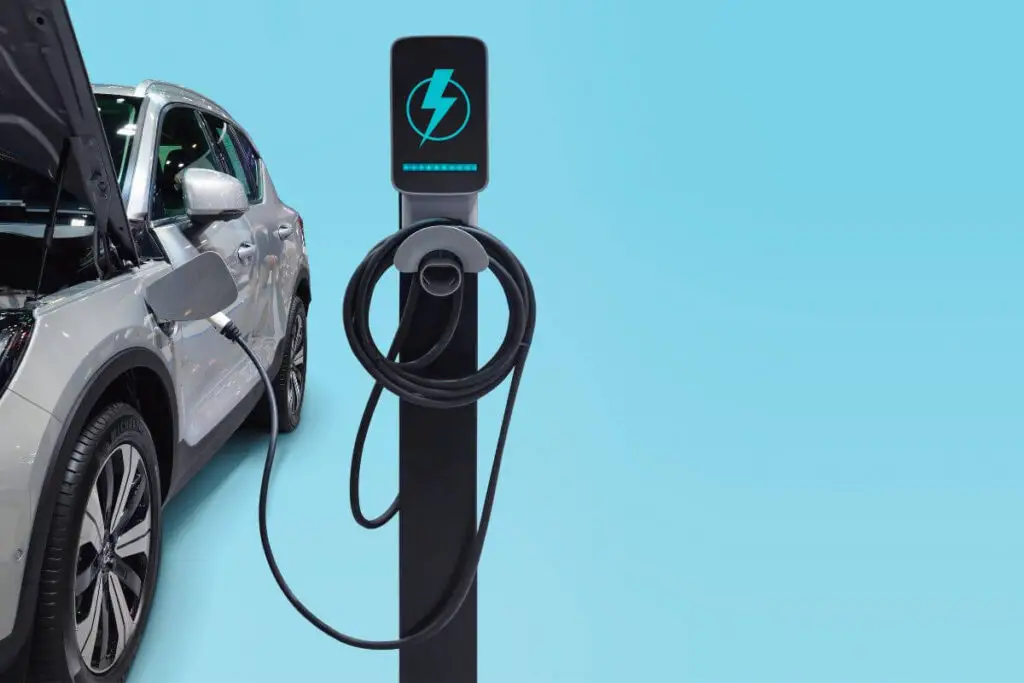
Importance of Planning and Charging
Proper planning is key for electric vehicle users.
- Planning Routes and Charging Stops It’s essential for EV drivers to plan their routes, taking into consideration charging station locations. Many EVs are equipped with built-in GPS systems that can help drivers find the nearest charging stations along their route.
- Assistance from Apps and Technologies In addition to built-in systems, various apps provide real-time information about charging station availability, helping drivers avoid running out of charge unexpectedly.
Final Thoughts: Do Electric Cars Really Need a Reserve Battery?
In conclusion, while electric vehicles do not come with a dedicated reserve battery like traditional cars, they are designed with advanced battery management systems that help mitigate the risk of running out of charge.
Understanding these features and planning charging stops are crucial for a seamless driving experience. As technology advances, future developments may further enhance battery management and efficiency, making electric vehicles an even more attractive option for drivers.
So, whether you’re a current EV owner or considering the switch, staying informed about your vehicle’s battery features will help you navigate the electric driving experience confidently.
Frequently Asked Questions On Do Electric Cars Have Reserve Battery
Do Tesla Batteries Have A Reserve?
Yes, Tesla batteries have a reserve. During winter months, a small portion of the Powerwall capacity is reserved to improve performance in cold weather. This does not change the total capacity, it just enhances performance. Source: Tesla Support.
What Happens If Your Electric Car Runs Out Of Battery In The Middle Of Nowhere?
If your electric car runs out of battery in the middle of nowhere, some providers will send a flatbed tow truck to take your vehicle to the nearest charging point. Others have mobile charging devices that can give you enough charge to reach the nearest charge point.
How Much Reserve Does A Tesla Battery Have?
Yes, Tesla batteries have a reserve. A small amount of Powerwall capacity is reserved in winter to enhance performance in cold weather. This reserve does not change the total capacity but is set aside for improved performance.

